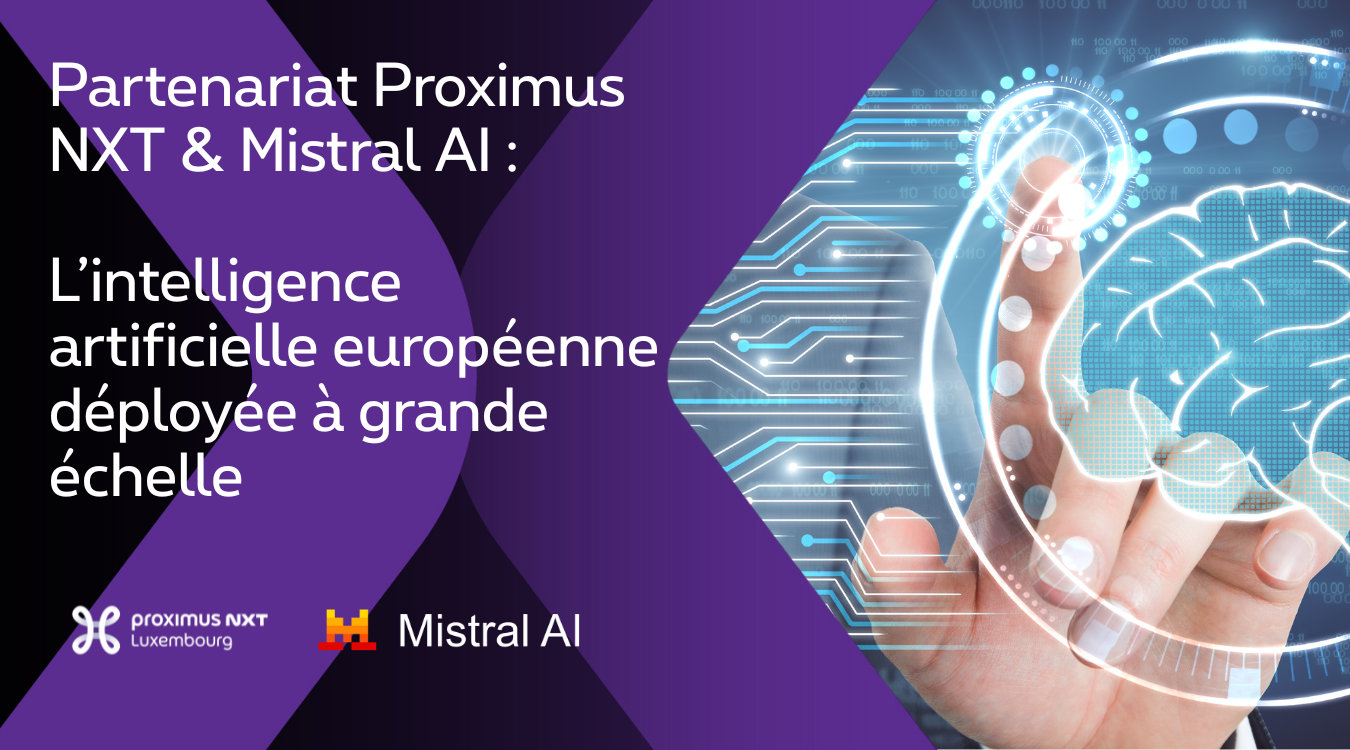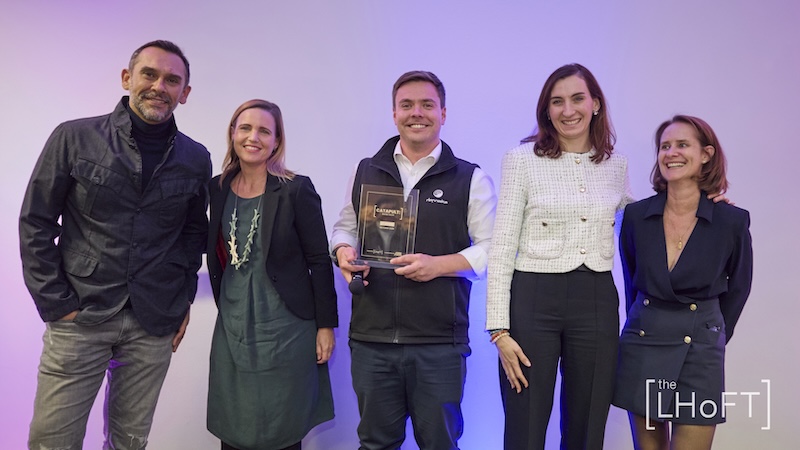How the sausage gets made
We all love to get excited about the potential of new technologies, services and products, but we typically glance over the underlying complexity of the glue that holds our advanced economies together.
A few years back, I made my first real-world acquaintance with the Brussels world of “comitology”, that is, attending long-winded meetings in buildings that are occasionally named after Luxembourgish diplomats, sometimes offer complimentary coffee and always require security clearance.
To enjoy attending technical committees requires a genuine interest in the underlying subject matter and what the Germans call Sitzfleisch, i.e. stamina.
With knowledge of the inner workings of technical committees also comes an appreciation for their purpose: to provide structure and rules to an ever more complex marketplace of ideas, technologies and arrangements. Complex subjects require serious study.
Here to stAI
That is certainly true for AI and the ripple effects we have begun to feel cross-sector.
At an age of heightened dependence on IT and tech overall, citizens are right to expect that policymakers take a serious stab at the regulatory & ethical aspects of the technological revolutions that now underpin our daily lives.
In that spirit, Luxembourg’s national standards institute ILNAS this month published a comprehensive white paper on the topic of artificial intelligence, aiming “to provide a general survey of the opportunities offered by AI, with a view towards encouraging the national market’s future involvement in the standards development process, for the benefit of Luxembourg’s economy.”
Authors kick off the discussion by highlighting the growing interest towards AI worldwide and the role standardization plays in ensuring trustworthiness and “human centricity” of AI technology and its applications. Technology must be at the service of humans rather than vice-versa.
Figure 1: Historical developments in AI and associated “winters”. Source: ILNAS
It might be all the more surprising to hear that a dedicated technical committee on AI was created at ISO level only in 2017. ILNAS highlights that the enshrinement of this committee means that AI tech is now considered critical for economic development and advanced and stable enough for it not to vanish into obscurity.
These statements may seem obvious at face value, but recognition at the highest level is certainly good for the long-term prospects of AI adoption.
Purpose and trust in technology
This is the case because complex technologies with a high potential impact on socio-economic equilibria must 1) earn the trust of citizens and institutions 2) must be contained in a way that conforms with basic social values and expectations.
No one wants to see a “runaway AI” run amok across the world’s critical infrastructure, and no financial regulator wants to see financial institutions leave important client or market decisions up to a black box.
To that end, the work of national and international standardization and regulatory bodies such as laid out in this case by ILNAS is key – no matter how dry the subject matter or how grey the meeting rooms.
Another transversal topic that is relevant to AI is the nature of public-private sector interactions, notably when it comes to questions of R&D and technology transfer.
Successful collaborations and use cases in this domain have the potential to improve public perception of AI and remove latent concerns.
Bringing the goods
One AI-related public-private sector collaboration that caught my eye this month comes from the domain of biotechnology and more precisely from the sub-domain of viral vector engineering.
While the world is currently mired in a pandemic of viral origin, viral capsids (=shells) lacking viral DNA or RNA are being increasingly explored & used for the delivery of gene therapies.
A therapy for a congenital form of blindness, called Luxturna, was the first such medicine to be approved back in 2017. It uses an AAV capsid on the grounds of their benign nature in humans:
“The capsid of Adeno-associated Virus (AAV) is a naturally occurring, replication-deficient, virus that is widely considered the frontrunner for solving the delivery problem in gene therapy. These viruses are known to be harmless to humans, and are relatively simple to manipulate. One well-known drawback of natural capsids however, which are currently used for delivery, is that many patients with pre-existing immunity to the virus (due to previous natural exposure) may be ineligible for life-changing treatment.”
Source: Dyno Therapeutics
Thus emerges a challenge for drug developers, namely, to come up with novel viral capsids that escape suppression by the human immune system while also, ideally, delivering the gene vector to specific tissues and cells.
Figure 2: model of an AAV capsid highlighting amino acid sequences targeted for alteration.
Hitherto, researchers would have needed to proceed step by step via deliberate, time-consuming edits and a trial-and-error approach to the viability of the capsids or alternative, by applying “directed evolution” to obtain greater numbers of capsid variants faster. However, neither of these approaches gets close to maximizing the theoretically possible variability in these protein shells, and this poses an obstacle to the discovery of novel viral vector therapies.
This well-known challenge was most recently tackled from a new angle thanks to a private-public sector collaboration lead by renowned scientist George Church of the Wyss institute at Harvard, together with with Google and the biotech startup Dyno Therapeutics. The project highlights what is possible when combining the sophistication of machine learning with powerful hardware arrays to solve a complex bioengineering problem:
“This new study involving machine learning models developed with Google Research […] shows that neural networks combined with the high-throughput synthetic testing developed in our lab is changing the way we design gene delivery vehicles and protein drugs.”
This machine learning-powered approach generated more than 100k distinct, viable viral capsids – representing the “highest functional diversity of any capsid library thus far” – an order of magnitude or two above what one could expect from even the most skilled bioengineers.
The utility of this approach is further summarized by Eric Kelsic, CEO at biotech startup Dyno Therapeutics, when he states that it “unlocks vast areas of functional but previously unreachable sequence space, with many potential applications for generating improved viral vectors”.
There’s a theme here for AI applications across industries: use the technology to go where no human could or would, in order to deliver value on sound ethical footing, and you will benefit from competitive advantages when compared to AI-laggards while – possibly – having public perception on your side.
Author: Jérôme Verony – LHoFT Research and Strategy Associate






